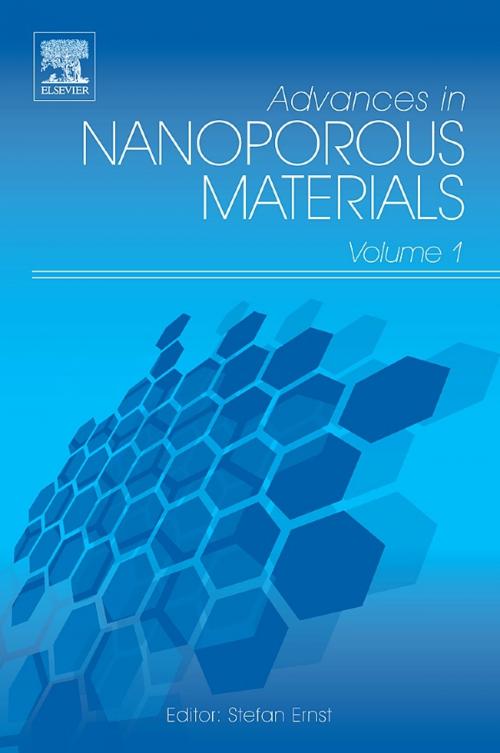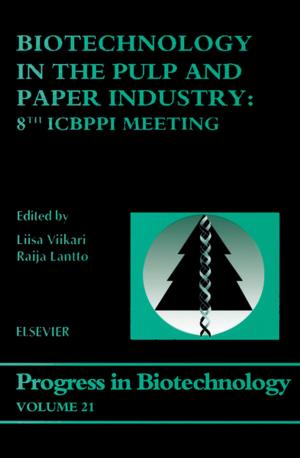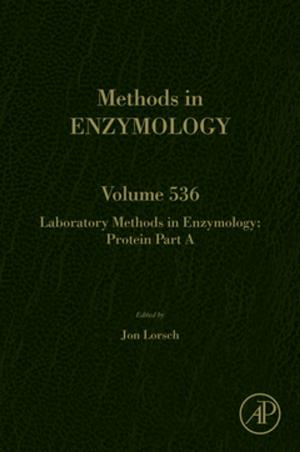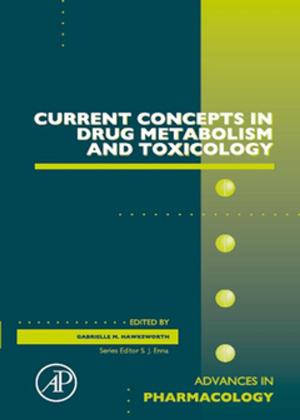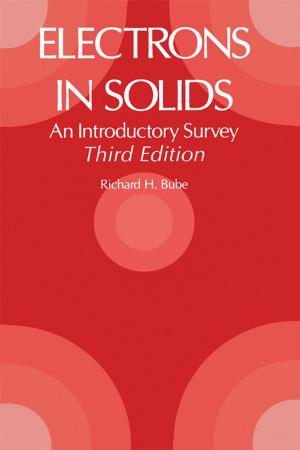Advances in Nanoporous Materials
Nonfiction, Science & Nature, Science, Earth Sciences, Mineralogy, Technology, Material Science| Author: | Stefan Ernst | ISBN: | 9780080932415 |
| Publisher: | Elsevier Science | Publication: | October 16, 2009 |
| Imprint: | Elsevier Science | Language: | English |
| Author: | Stefan Ernst |
| ISBN: | 9780080932415 |
| Publisher: | Elsevier Science |
| Publication: | October 16, 2009 |
| Imprint: | Elsevier Science |
| Language: | English |
Advances in Nanoporous Materials is a collection of comprehensive reviews of lasting value to the field. The contributions cover all aspects of nanoporous materials, including their preparation and structure, post-synthetic modification, characterization and use in catalysis, adsorption/separation, and all other fields of potential application, e.g., membranes, host/guest chemistry, environmental protection, electrochemistry, sensors, and optical devices.
"Nanoporous materials" comprise all kinds of porous solids that possess pores in the range from about 0.2 nm up to 50 nm, irrespective of their chemical composition, their origin (natural or synthetic), and their amorphous or crystalline nature. Typical examples are zeolites and zeolite-like materials (e.g., crystalline microporous aluminophosphates and their derivatives), mesoporous oxides such as silica, metal organic frameworks, pillared clays, porous carbons, and related materials.
State-of-the-art reviews keep coverage current
Broad scope provides a full topical overview
Contributions from renowned experts lend authority to the material
Advances in Nanoporous Materials is a collection of comprehensive reviews of lasting value to the field. The contributions cover all aspects of nanoporous materials, including their preparation and structure, post-synthetic modification, characterization and use in catalysis, adsorption/separation, and all other fields of potential application, e.g., membranes, host/guest chemistry, environmental protection, electrochemistry, sensors, and optical devices.
"Nanoporous materials" comprise all kinds of porous solids that possess pores in the range from about 0.2 nm up to 50 nm, irrespective of their chemical composition, their origin (natural or synthetic), and their amorphous or crystalline nature. Typical examples are zeolites and zeolite-like materials (e.g., crystalline microporous aluminophosphates and their derivatives), mesoporous oxides such as silica, metal organic frameworks, pillared clays, porous carbons, and related materials.
State-of-the-art reviews keep coverage current
Broad scope provides a full topical overview
Contributions from renowned experts lend authority to the material
